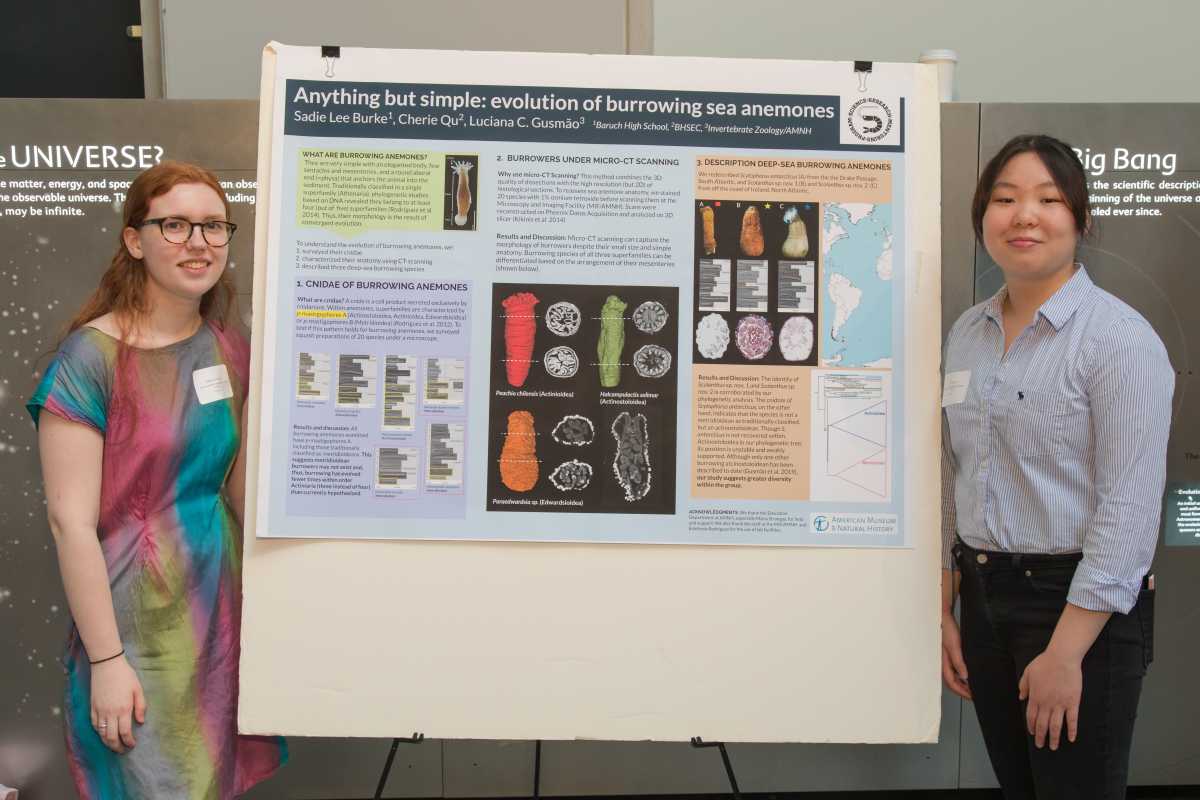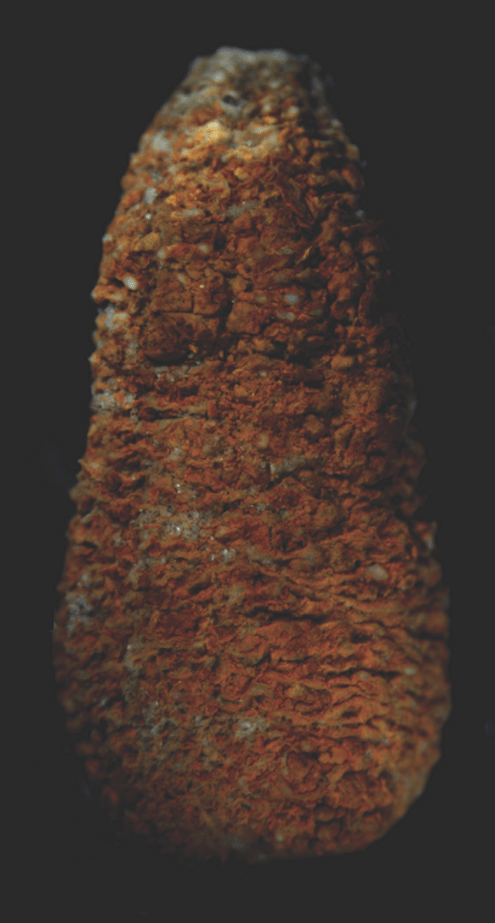A high school student from Bayside participated in the discovery of two new species of marine animals as part of a mentorship program with the American Museum of Natural History (AMNH).
Earlier in February, Bard High School Early College senior Cherie Qu and Reed College freshman Sadie Burke were featured co-authors on a study in the American Museum Novitates, detailing their collaborative efforts with AMNH scientists in discovering two species of deep-sea anemones.
The study describes the Scolanthus shrimp and Scolanthus celticus, two types of burrowing anemones measuring around 1.5 centimeters long. These species exist along the Whittard Canyon, a deep-sea valley off the coast of Ireland.
Through the Science Research Mentoring Program (SRMP), Qu and Burke aided AMNH biologists Drs. Luciana C. Gusmão and Estefania Rodriguez on the research last year. SRMP is a museum initiative, where New York City-based high school students conduct “authentic scientific research” with scientists as mentors.
According to the SRMP website, the program’s main purpose is to “increase access to science fields and careers for NYC high school students.” Students can choose to conduct research in several fields including cultural and biological anthropology, genetics and genomics, taxonomy and astrophysics.
Dr. Gusmão and the students analyzed the morphology and genetics of both organisms in order to identify the anemones as new species.
Following the discoveries, the team chose to name the Scolanthus shrimp in honor of the SRMP program and the participating students, informally known as “srmpers.” They named the Scholanthus celticus after the Celtic Explorer research vessel, which collected the anemone specimens using a remote operated vehicle (ROV) in over 3,000-foot depths.
The study said that scientists have discovered 14 “valid” species of Scolanthus anemone worldwide but only four species have been recorded in waters deeper than 100 meters (328 feet).







































